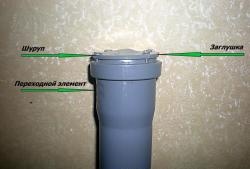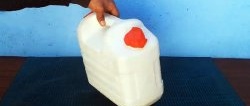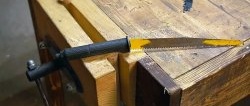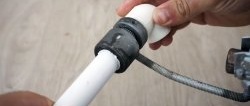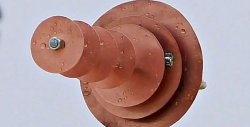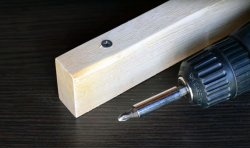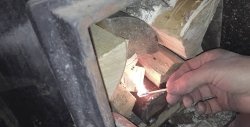Three life hacks from PVC pipes
In-house sewerage is installed from gray plastic pipes. It seems difficult to come up with anything more prosaic and boring. But let's not rush and look at them creatively. I'm sure there will be no end to life hacks. Let's focus on three for now.
In addition to the mentioned PVC pipe, we will need the following materials:
The tools you need to stock up on are: glue gun; gas burner; thermal and construction knife; ruler and marker; drill with drills; miter box; hacksaw and sandpaper.
The necessary materials and tools are available. We turn our ideas into useful and beautiful objects.
At one end of the PVC pipe, the length is slightly longer than the storage skewers; place a plastic lid on the glue. After installing the cover around the outside perimeter, we also apply glue and heat the joint with the flame of a gas burner.
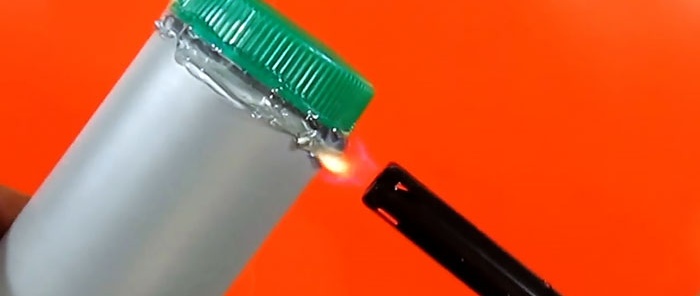
Using a thermal knife, cut off the neck of the plastic container and save the handle.
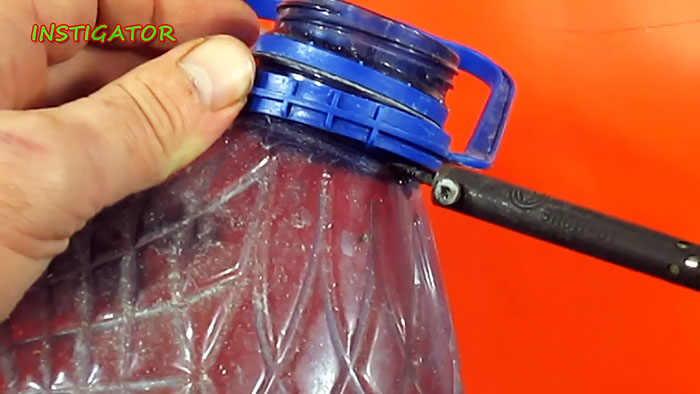
Apply glue to the other end of the pipe with the reinforcing ring and install the neck there.
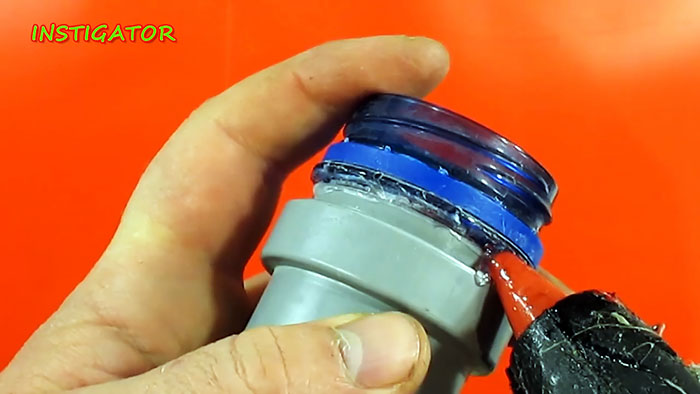
To ensure reliability, coat the outside of the joint with glue and heat it with the flame of a gas burner.
After placing the skewers in the tube, screw on the lid. We put a handle through the bottom of the pipe, which makes it convenient to carry it or hang it on a nail.
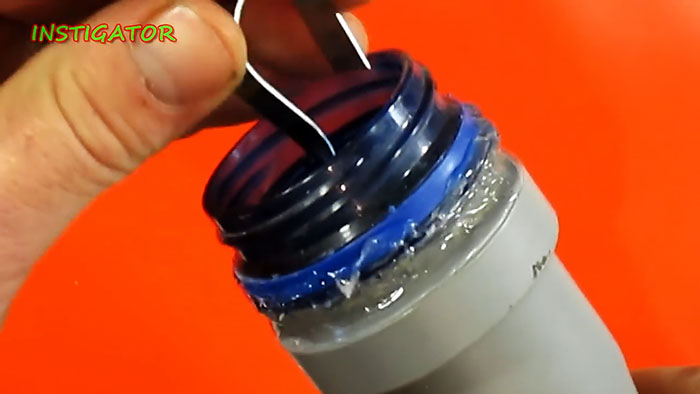

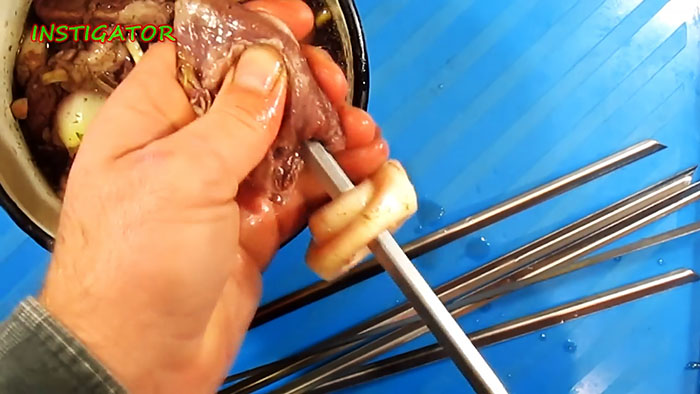
We take a PVC pipe with a socket 25 cm long and 4 cm in diameter. On the opposite sides of the side surface of the pipe with an offset we apply markings for drilling through holes in increments of 2.5 cm.
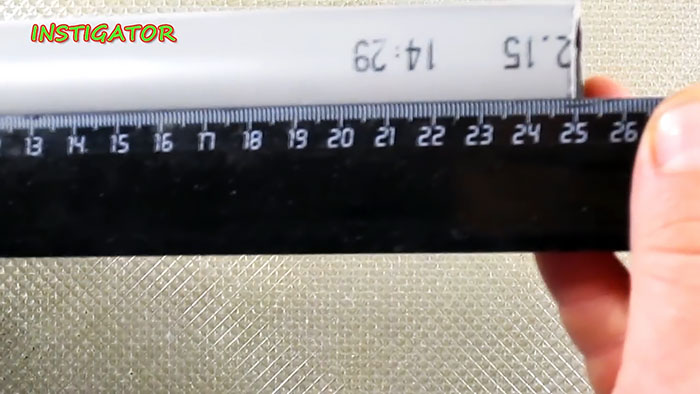
We make the holes in three steps: first with a small-diameter drill, then with a medium one and finishing with a large one. After each stage of drilling, we remove chips from the holes with a construction knife.
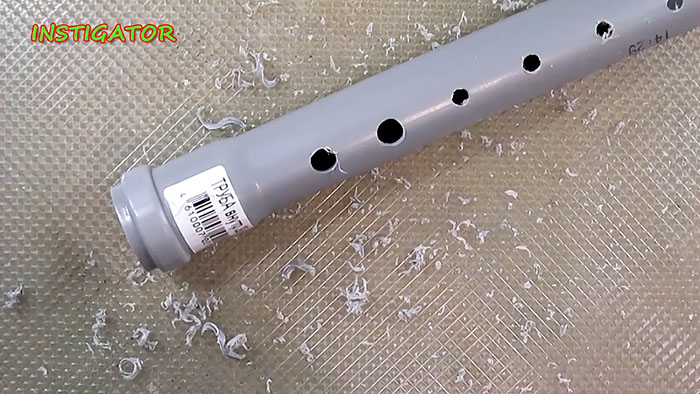
We drill a hole in the center of the tin lid, insert a bolt into it from below, and secure it with a nut from above.
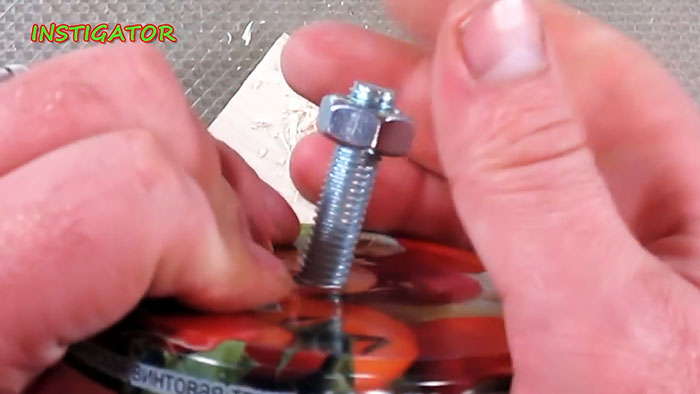
We cover the bolt rod and nut layer by layer with glue until we get a reverse cone comparable to the diameter of the pipe.
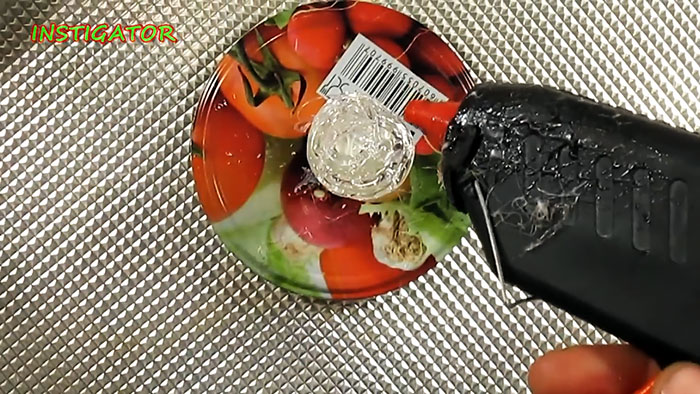
We apply glue to the socket of the pipe and push it onto the glue cone until it touches the tin lid, holding it motionless in this position for some time.
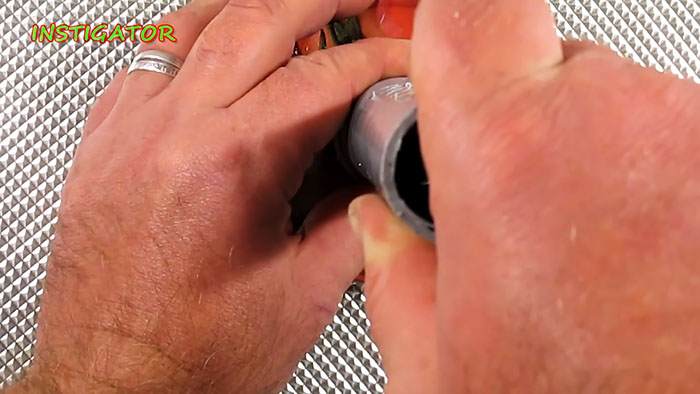
We glue a couple of nuts to the bottom of the cover to increase the stability of the base of the stand.
We heat the outside of the bell with the flame of a gas burner until the glue inside is distributed evenly throughout the entire adjacent volume, and the bell expands and increases the contact area with the lid.
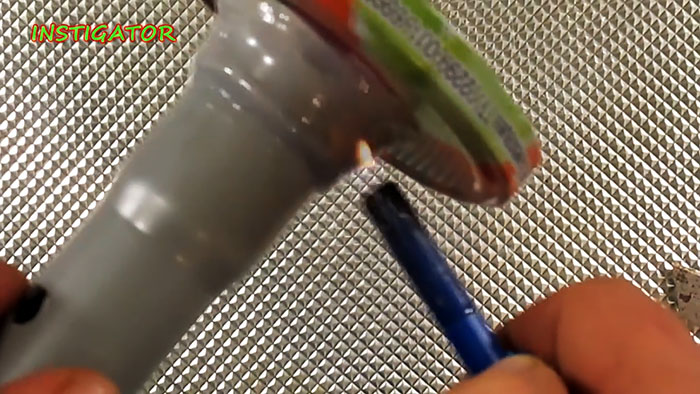
We paint the entire structure on the outside with plain paint from an aerosol can.
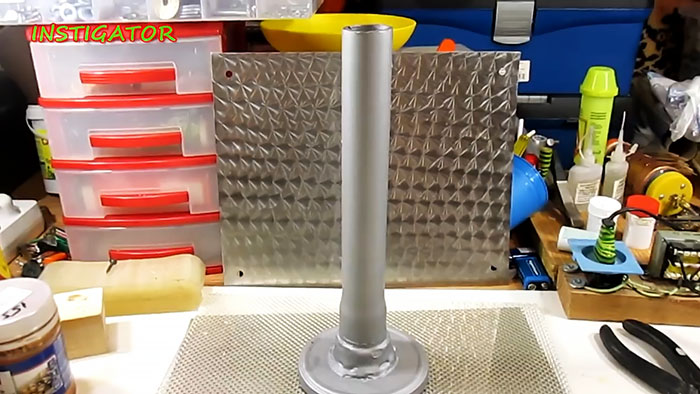
We insert screwdriver shafts into the holes at an angle, which looks quite aesthetically pleasing and convenient compared to storing in glasses.
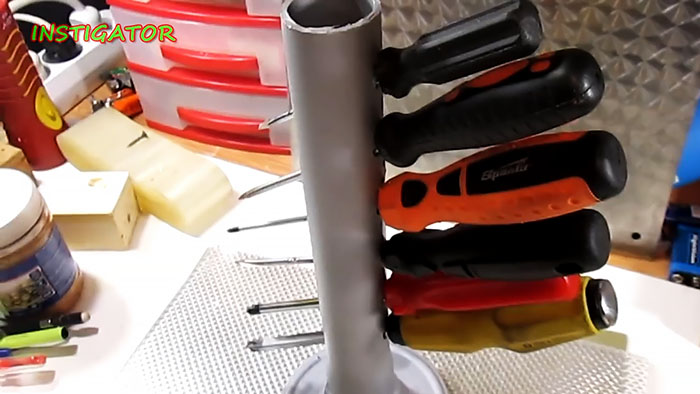
Using a miter box, we cut a piece of plastic pipe with a diameter of 4 cm, from which we obtain two equal pieces with one end at 45 degrees. The length of the blanks is 11 cm along the central axis. From a pipe of a smaller diameter, cut a piece 10 cm long with straight ends.
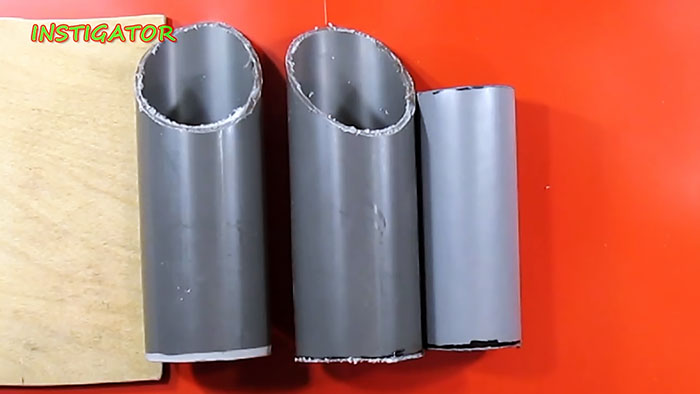
We cut out a rectangular base 10x15 cm from plywood and sand it around the perimeter.
We apply glue to the oblique cut of the pipes and press them in the corners of the base close to the long side and indented from the short side by 5 mm so that they “look” straight ahead.
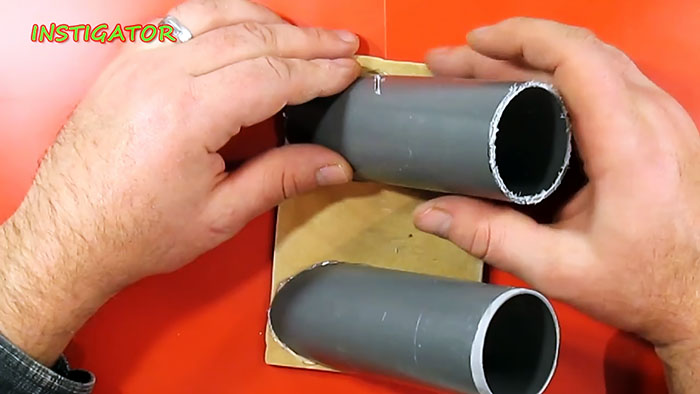
We glue a piece of pipe of smaller diameter between the inclined ones with a slightly larger indentation from the edge of the long side of the base.
Lightly spray the upper edges of the pipes with the flame of a gas burner to remove burrs and finish with sandpaper.
We paint the stand black and load it with stationery.
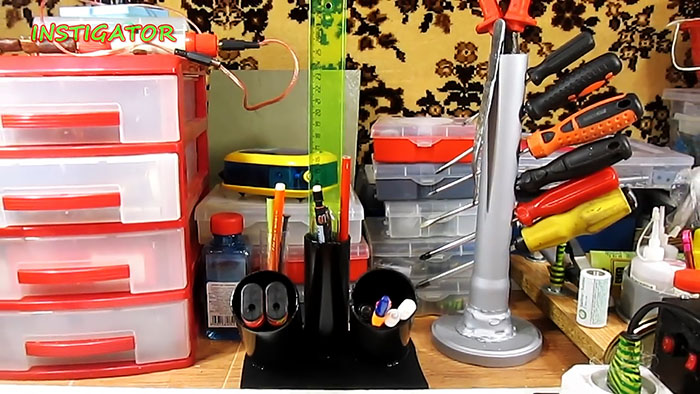
Will need
In addition to the mentioned PVC pipe, we will need the following materials:
- plastic plug;
- neck with handle and lid from a plastic container;
- tin lid for jars;
- bolt and three nuts;
- a can of aerosol paint;
- piece of plywood 10x15 cm.
The tools you need to stock up on are: glue gun; gas burner; thermal and construction knife; ruler and marker; drill with drills; miter box; hacksaw and sandpaper.
The procedure for making life hacks for PVC pipes
The necessary materials and tools are available. We turn our ideas into useful and beautiful objects.
Tube for skewers
At one end of the PVC pipe, the length is slightly longer than the storage skewers; place a plastic lid on the glue. After installing the cover around the outside perimeter, we also apply glue and heat the joint with the flame of a gas burner.

Using a thermal knife, cut off the neck of the plastic container and save the handle.

Apply glue to the other end of the pipe with the reinforcing ring and install the neck there.

To ensure reliability, coat the outside of the joint with glue and heat it with the flame of a gas burner.
After placing the skewers in the tube, screw on the lid. We put a handle through the bottom of the pipe, which makes it convenient to carry it or hang it on a nail.



Screwdriver storage rack
We take a PVC pipe with a socket 25 cm long and 4 cm in diameter. On the opposite sides of the side surface of the pipe with an offset we apply markings for drilling through holes in increments of 2.5 cm.

We make the holes in three steps: first with a small-diameter drill, then with a medium one and finishing with a large one. After each stage of drilling, we remove chips from the holes with a construction knife.

We drill a hole in the center of the tin lid, insert a bolt into it from below, and secure it with a nut from above.

We cover the bolt rod and nut layer by layer with glue until we get a reverse cone comparable to the diameter of the pipe.

We apply glue to the socket of the pipe and push it onto the glue cone until it touches the tin lid, holding it motionless in this position for some time.

We glue a couple of nuts to the bottom of the cover to increase the stability of the base of the stand.
We heat the outside of the bell with the flame of a gas burner until the glue inside is distributed evenly throughout the entire adjacent volume, and the bell expands and increases the contact area with the lid.

We paint the entire structure on the outside with plain paint from an aerosol can.

We insert screwdriver shafts into the holes at an angle, which looks quite aesthetically pleasing and convenient compared to storing in glasses.

Stand for stationery
Using a miter box, we cut a piece of plastic pipe with a diameter of 4 cm, from which we obtain two equal pieces with one end at 45 degrees. The length of the blanks is 11 cm along the central axis. From a pipe of a smaller diameter, cut a piece 10 cm long with straight ends.

We cut out a rectangular base 10x15 cm from plywood and sand it around the perimeter.
We apply glue to the oblique cut of the pipes and press them in the corners of the base close to the long side and indented from the short side by 5 mm so that they “look” straight ahead.

We glue a piece of pipe of smaller diameter between the inclined ones with a slightly larger indentation from the edge of the long side of the base.
Lightly spray the upper edges of the pipes with the flame of a gas burner to remove burrs and finish with sandpaper.
We paint the stand black and load it with stationery.

Watch the video
Similar master classes
Particularly interesting
Comments (5)

